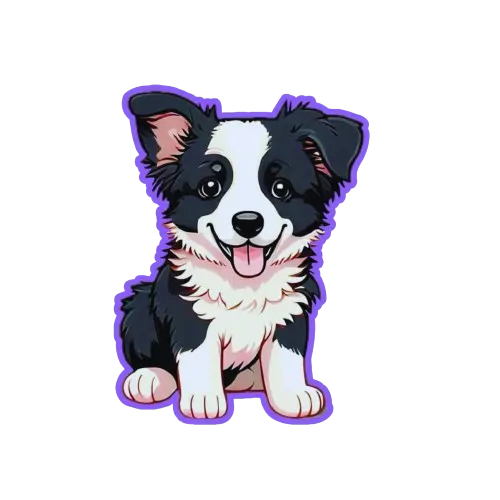Can Dogs Eat Raw Noodles?
As a dog owner, it’s essential to be aware of what human foods are safe for your furry friend to consume. When it comes to raw noodles, the answer is a resounding maybe!
While it might seem harmless to share a plate of pasta with your pup, there are some crucial things to consider before making it a regular treat.
The Good: Raw noodles can be a tasty and novel way to add some variety to your dog’s diet. Some dogs love the texture and flavor, which can help keep them occupied and satisfied.
The Not-So-Good: Here are a few reasons why raw noodles might not be the best idea:
- Digestive issues: Dogs have different digestive systems than humans, and eating large amounts of raw noodles could lead to stomach upset, diarrhea, or even vomiting.
- Nutrient imbalance: Noodles are often low in essential nutrients like protein, fat, and fiber. Feeding your dog too many noodles can disrupt their natural diet and lead to nutrient deficiencies.
- Choking hazard: Raw noodles can be a choking risk, especially for smaller breeds. Make sure to cut them into small pieces or use a pasta cutter to prevent any accidents.
What to Do Instead: If you’re looking for a fun way to add some carbs to your dog’s diet, consider these alternatives:
- Cooked pasta: Cooked noodles are generally safer and more easily digestible than raw ones. Just be sure to choose a low-sodium option or rinse the cooked noodles with water to remove excess salt.
- Carrots and sweet potatoes: These veggies are not only delicious but also packed with fiber, vitamins, and minerals. They’re an excellent addition to your dog’s diet in moderation.
Remember: Always consult with your veterinarian for personalized advice on what human foods are safe for your dog to consume and how much is appropriate. They can help you create a balanced and nutritious diet that meets your furry friend’s unique needs!
Check-in with Your Local Vet: Before making any changes to your dog’s diet, be sure to consult with your veterinarian. They’ll be able to provide more specific guidance based on your dog’s age, breed, size, and health status.
